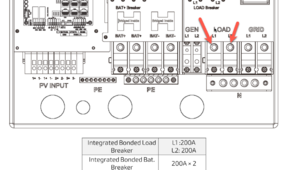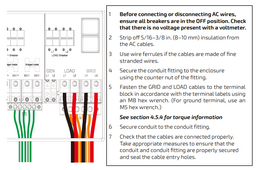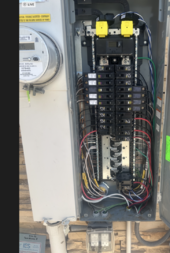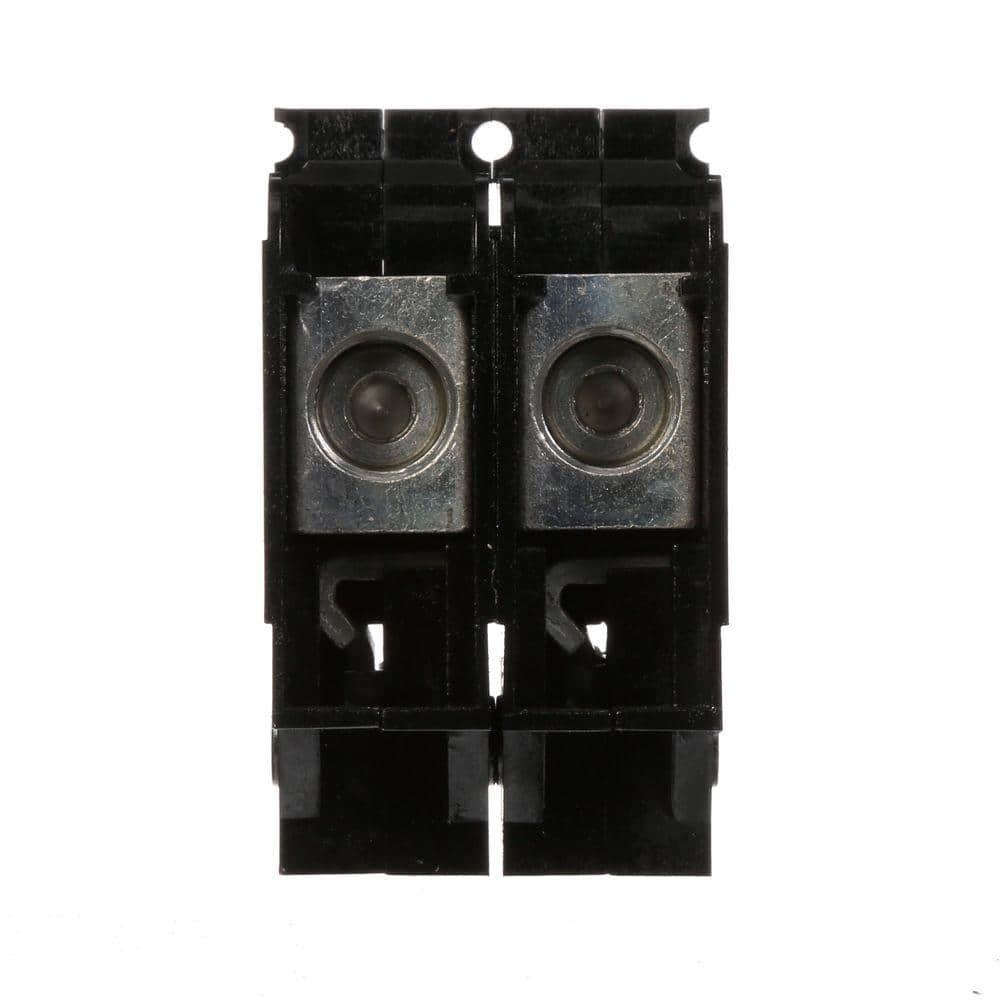calc30
New Member
DC: Are you unmounting the microinvertrs and selling them? Answer: NoAC or DC coupling?
DC: Are you unmounting the microinverters and selling them, along with converting all intervening wiring to be compatible with DC electrical code?
AC: feed into “generator ” port of 18kpv. In which case the AC output of the grid tie inverters cannot exceed the 12kw AC charging rating
Batteries: your simple choices are the 9540 approved EG4 batteries. Only two or three. You’re welcome for my collapsing of your design space
AC: Feed into "generator" port of 18kpv.
Answer/Questions:
I'm not sure what you all mean by feed into the generator port of the 18kpv. I mean, I understand the generator location, but what is feeding that, is it from the combiner 4 box, which then feeds directly into the generator? Stupid questions because I don't know any better, why can't I piggy-back (pig-tail off) of the PV from the combiner 4?
From what I gather, I leave the PV strings going into the combiner box 4, but move the power coming from the combiner directly to the generator port on the 18Kpv. if that is the case, what if I wanna use a gennie?
How would the 18kpv recognize/report the power going into the gen?







